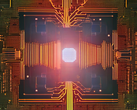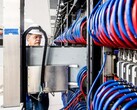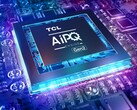AI has seen an explosive development in the past decade, and, while most applications are still focusing on scientific endeavors, the technology is already permeating the consumer markets. We even have AI supercomputers now, but these have evolved to a point where traditional compute hardware cannot simply keep up with the ever expanding data models. To solve this problem, Luminous Computing intends to build a more advanced AI supercomputer based on silicon photonics and optics with US$105 million in funds provided by Bill Gates and many other venture capital firms.
The AI supercomputer envisioned by Luminous is designed to provide the necessary compute, memory and bandwidth to pull all the advanced AI applications “out of the realm of science fiction and into reality.” Using cutting-edge silicon photonics, the Luminous team that includes photonics designers, digital and analog VLSI engineers, packaging and system integration engineers, and machine learning experts can build data links that are orders of magnitude more bandwidth-dense and power-efficient than existing hardware. The development of the photonics-based AI supercomputer is essentially allowing the Luminous team to “revisit fundamental assumptions about computer architecture at the hardware, software, and model levels.”
“Most people who build hardware assume that in order to improve performance, you have to trade off against programmability and cost-efficiency, or just go to a higher-density silicon node. By introducing silicon photonics technology at the heart of computer architecture, we’re not only able to drastically improve performance and scalability, but we’re also able to make it much easier to build huge AI models,” explains Marcus Gomez, CEO and co-founder of Luminous.
Buy the Obsbot Tiny AI-Powered AI-Tracking 4K PTZ webcam on Amazon













